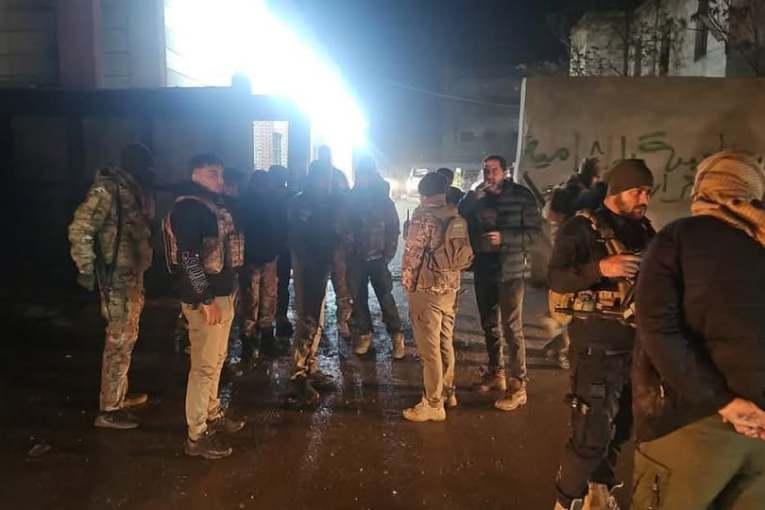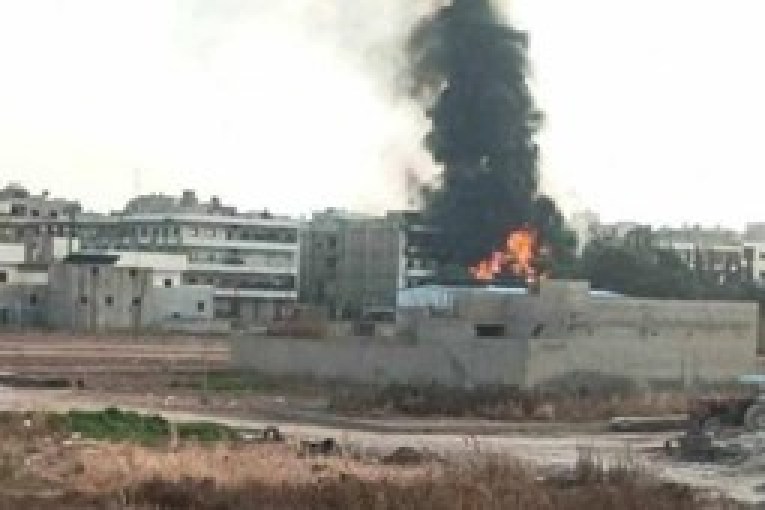
Afrinpost
The Turkish occupation authorities and its militias, known as the “Syrian National Army,” continue their systematic violations against archaeological sites to destroy the historical and civilizational identity of the occupied Afrin region in northern Syria.
In the context, the Directorate of Antiquities in Afrin canton published a report in which it shed light on the excavation and bulldozing works of the archaeological hill “Dupishk / Aqrab” by heavy machinery.
The archaeological hill is located in the plain between the villages of Iskan, Jalma and Ghazawiya on the left bank of the Afrin River, about / 20 / km south of Afrin, and it is administratively affiliated to the village of Iskan, and it is one of the hills that were registered in the records of the Syrian Directorate of Antiquities according to Resolution (244 / A), issued by the Ministry of Culture in (1981), according to the directorate.
The report stated that the site near the lost village of Zallaqiya was subjected to encroachment and digging with heavy machinery, like the rest of the archaeological sites since the beginning of 2019, based on satellite images that prove that the hill was exposed to sabotage excavations with heavy machinery, indicating that the date of the photo was taken on 9/28. / 2019, and it shows the distribution of vehicles and caravans at several points outside the borders of the archaeological hill in the surrounding plain.
The report confirmed that the satellite image that the area excavated around the high hill (the Acropolis) until the date of the satellite image 9/28/2019 is estimated at 18,000 square meters, taking into account that the excavations have not stopped and the exact area that was bulldozed is not known in light of the continuing excavation work and shoveling after the date of taking space photos.
The Turkish occupation and the militia of the Muslim Brotherhood loyal to it destroyed 31 archaeological sites and 11 religious shrines in the occupied Afrin region, according to a list obtained by Afrin post from the Antiquities Directorate of Afrin region.








